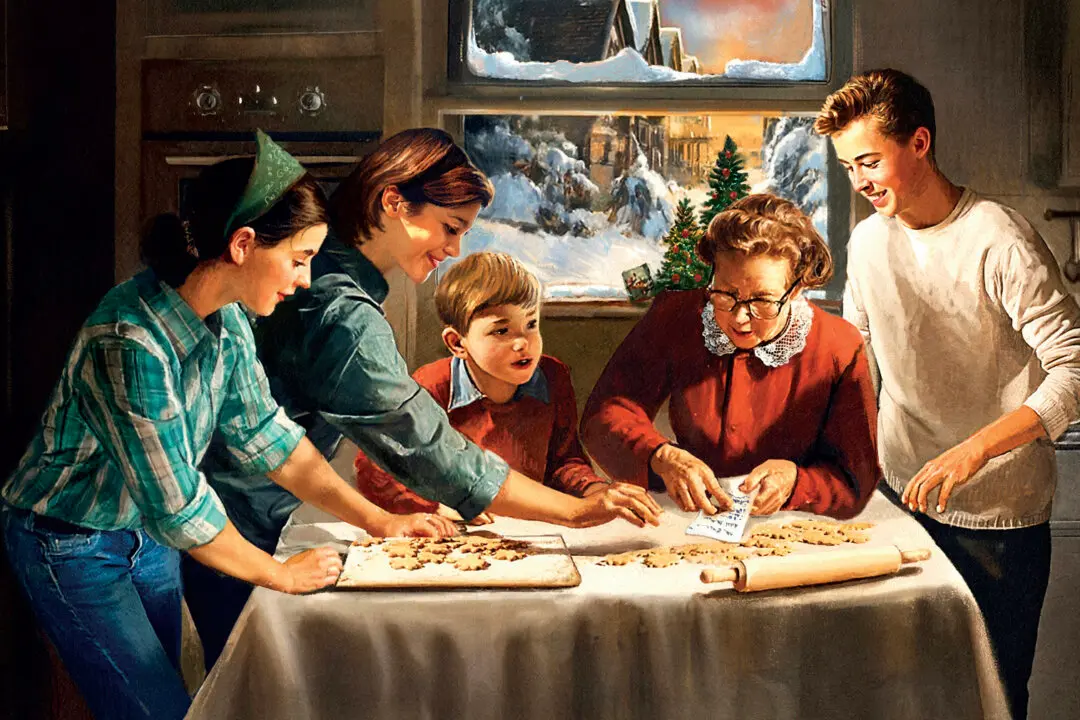Last summer, news broke that Highlights, the classic children’s magazine probably best known for its hidden picture puzzles and “Goofus and Gallant” comics, had joined the ranks of the “woke.” The magazine capitulated to those demanding depictions of gay families, syndicated columnist Michelle Malkin wrote, while its booklist began featuring transgender-friendly titles such as “I Am Jazz.”
Such topics were completely contrary to some of the features in the original Highlights, Malkin explained.






